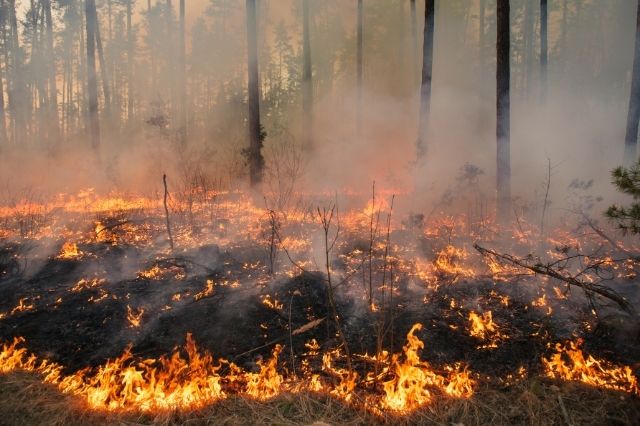Each year, an average of 72,000 wildfires occur in the U.S. alone. After blazing through forests, fires leave behind a considerable amount of damage and destruction. Sadly, it can take many decades for forests and communities to recover—if they do at all. Fortunately, there are several ways in which concerned citizens can help facilitate the recovery process. If you’re interested in helping restore scorched forest ecosystems and communities, consult this guide on what you can do to help wildfire recovery efforts.
Assess Your Own House
Before attempting to help the community, it’s important to get your own house in order. Following a wildfire, utilities such as water, electricity, and gas may not be safe to use. If your property was impacted by a wildfire, consult your local wildland firefighter department to ensure your home is safe to enter.
If your home is deemed safe, it’s important to begin restoring burnt forests and trees on your property. Such action should be taken as soon as possible, since delayed responses can have a lasting negative impact on the recovery of important natural resources. To begin the recovery process on your own property, consult your local fire department for advice and consult with an accountant, your insurance company, or community groups for financial assistance. When recovering your property, consider ways in which you can better protect your home and prevent the spread of wildfires in the future, such as creating defensible space.
Address Flood Risks
Following a wildfire, the risk of flooding in the affected area greatly increases. This increased risk is due to the significant alterations in soil conditions that wildfires cause. Rather than absorbing water, soil becomes charred and barren which causes water to run right over it. This lack of absorption creates conditions that facilitate flash flooding. To prevent further damage to the community and forest ecosystems, it’s important to address this increased flooding risk and implement preventative measures as well as invest in flood insurance.
Volunteer
Another example of what you can do to help wildfire recovery efforts is to volunteer. Those who have medical experience are particularly needed during the weeks following a wildfire to assist those who were injured. However, you don’t need to have medical experience to help aid in wildfire recovery efforts. Volunteers are also often needed to help remove debris, deliver relief supplies, and serve meals. Whatever your skills and abilities, there’s some way you can help.
Donate Money
When it comes to restoring the forests and communities of an area ravaged by a wildfire, every dollar counts. If you have the financial means to do so, consider donating some money to wildfire recovery efforts. Such donations can help fund shelters for those who have lost their homes, aid in environmental recovery efforts, provide medical care to those who were injured, deliver relief supplies, and more.



